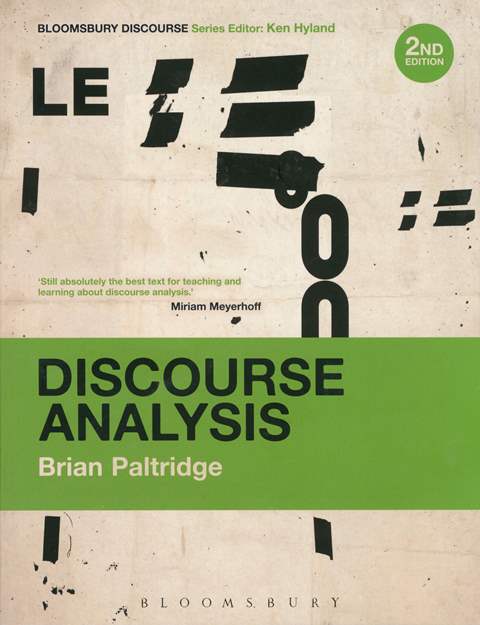書籍分類

Introducing Communication Theory 5/e
作者:Richard West, Lynn Turner
原價:NT$ 1,000
ISBN:9780071326476
版次:5
年份:2014
出版商:McGraw-Hill
頁數/規格:656頁/平裝單色
版次:5
年份:2014
出版商:McGraw-Hill
頁數/規格:656頁/平裝單色
內容介紹 本書特色 目錄 作者介紹
- Description
Introducing Communication Theory: Analysis and Application focuses on the links among theory and everyday experiences. The text uses an engaging writing style to present the concept of theory, and helps students become insightful critical thinkers.






